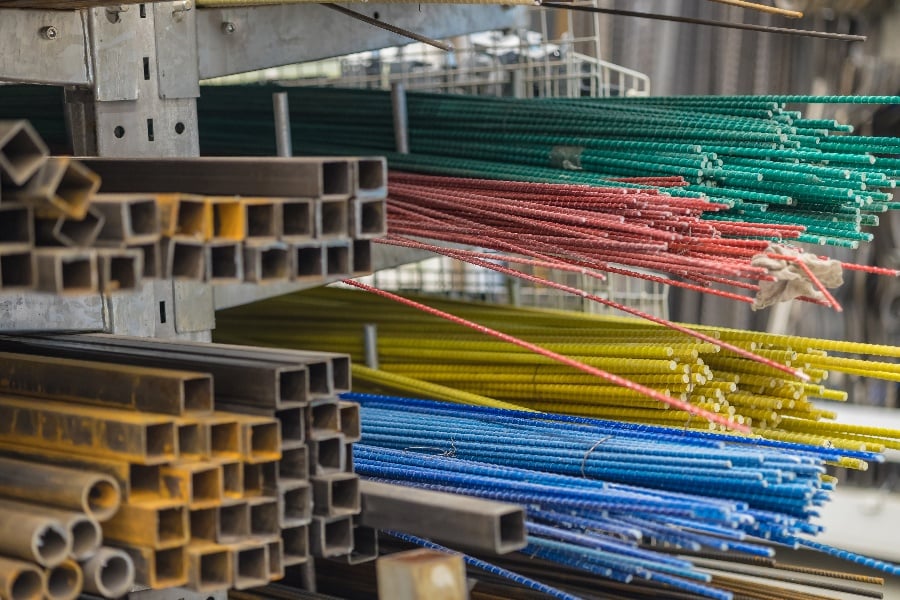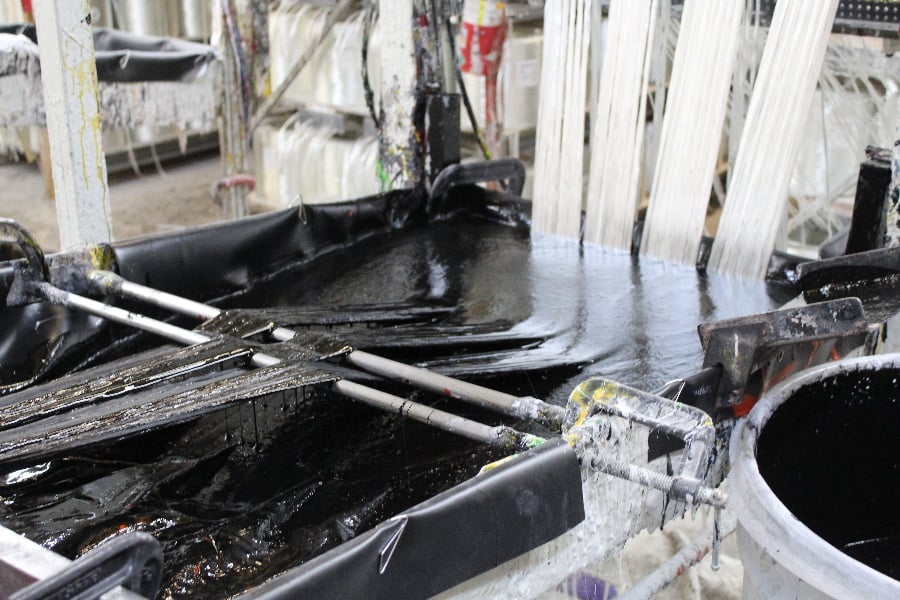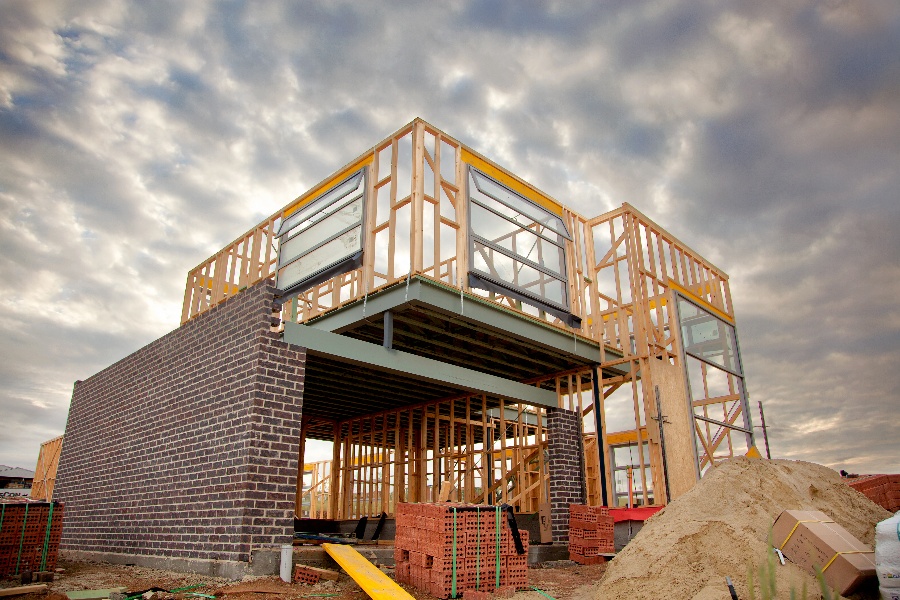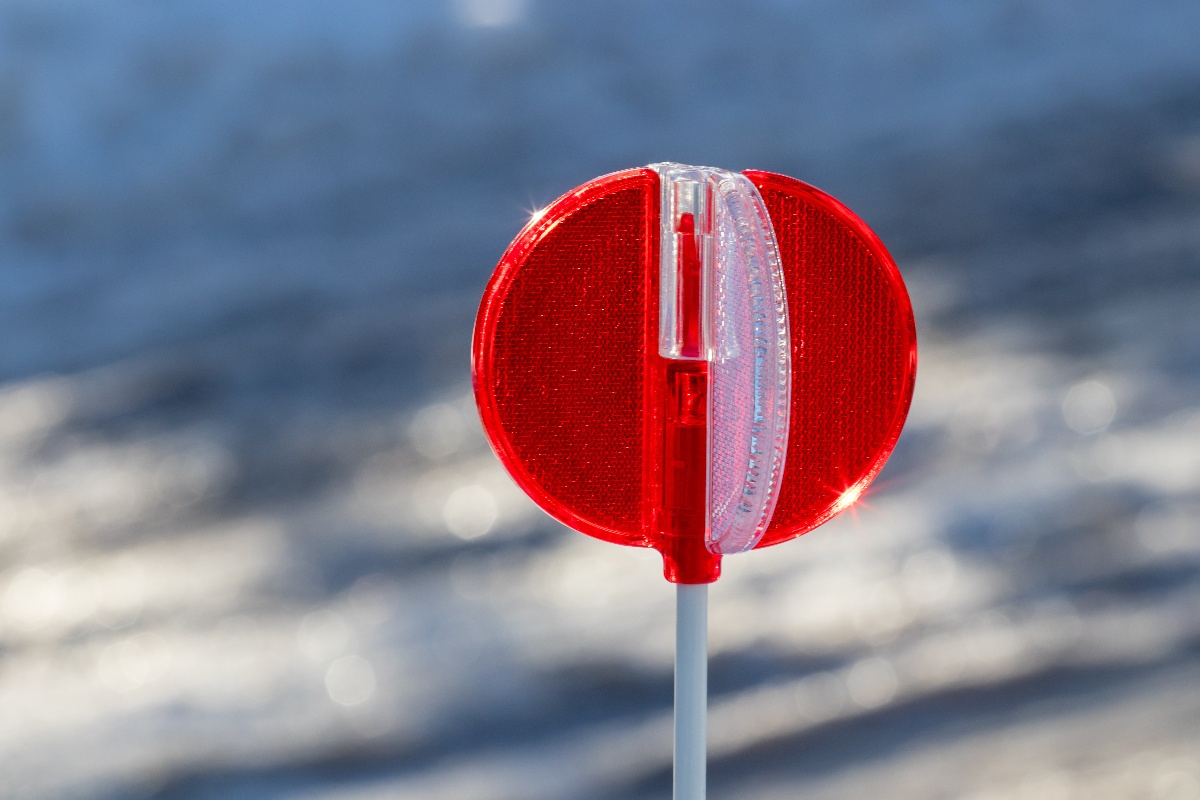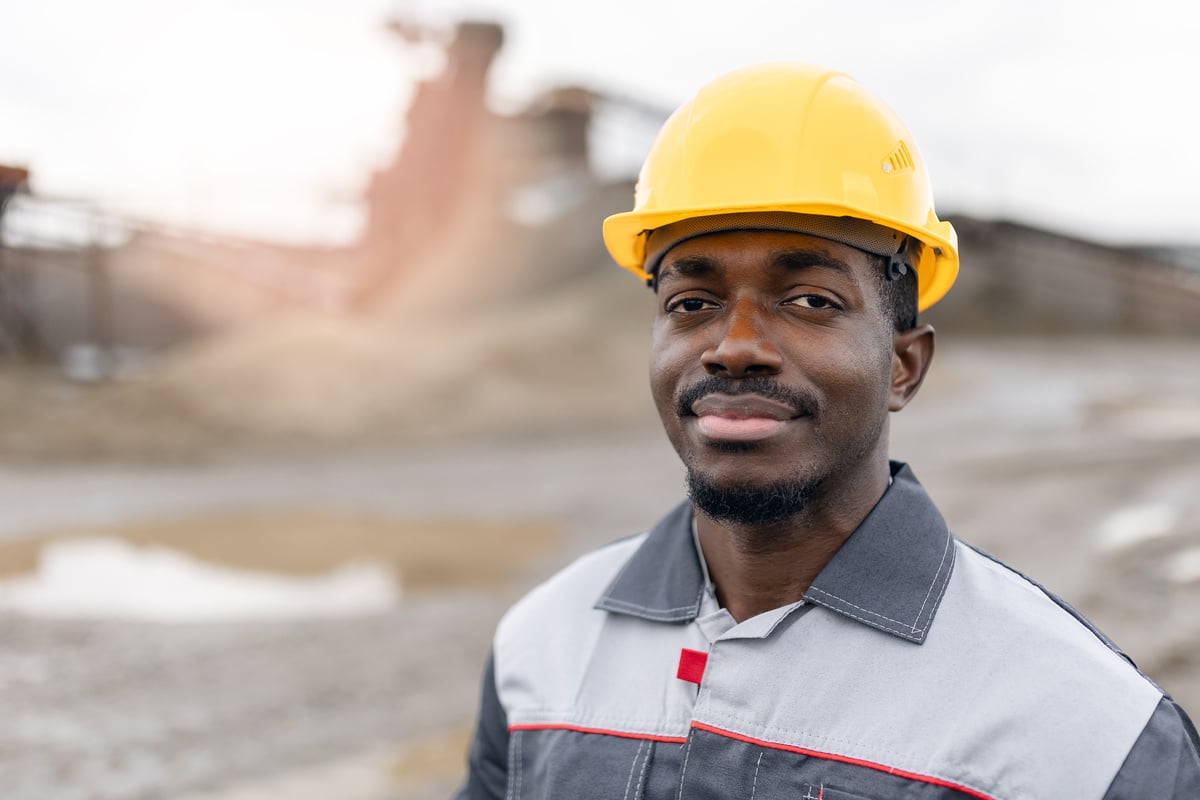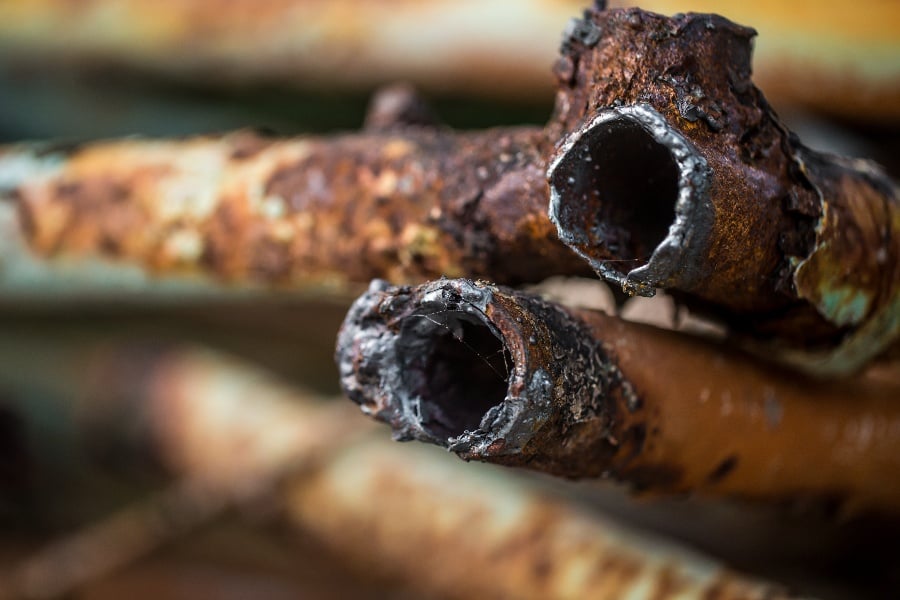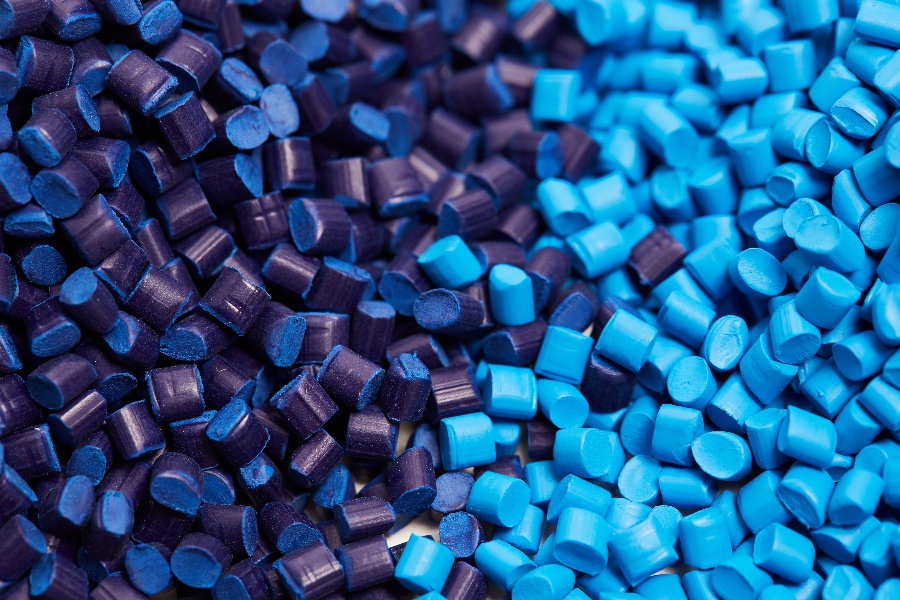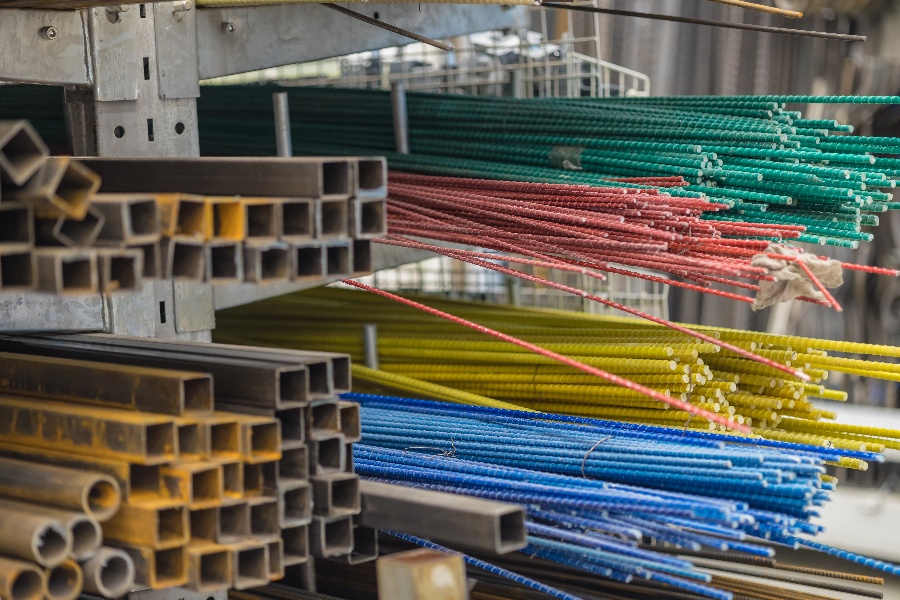
As raw materials, processing and transportation costs continue to increase overhead expenses for projects, project managers are beginning to look at alternatives to replacing traditional materials such as steel, metals, and wood.
Enter the fiber-reinforced polymer (FRP) profile as an ideal substitute. For example, an FRP rod or rebar has unique characteristics that are suitable for a wide range of applications in various industries such as manufacturing, utilities, auto, telecommunications, and more.
Fiberglass profiles can be designed to be used as structural supports that are capable of providing performance guarantees similar to or better than steel, and can be easily customized. Composite profiles are growing in popularity and are used in place of steel components, manufactured at a lower cost, and can be assembled relatively quickly.
According to analysis & market consultants Arc Industry, the key growth drivers of the FRP rebar include the worldwide demand for non-corrosive profiles and the low cost of FRP rebars across its life cycle. From 2020-2025, the “FRP Rebar Market size is projected to grow to $1.1 billion by 2025, growing at a compound annual growth rate (CAGR) of 12.1%."
Pultruded fiberglass rods and rebar are in high demand as a substitute across multiple market segments such as steel rebar in road, building, and bridge/tunnel construction as well as in the utilities market for electric isolation.
In the infrastructure sector according to an investigative article published in Science Direct, “the difference between fiberglass rebar and steel rebar for concrete reinforcement show that initial failure of the steel rebar starts to happen at strain 16.21%. The initial failure of fiberglass-reinforced concrete doesn’t begin until strain 20.23%. This allows extra time for a problem to be identified before complete failure.”
With its many attributes, fiberglass is also becoming a preferred option for residential sector builders and architects.
In the United States and Canada, marine and waterfront applications are increasingly calling for the use of pultruded fiberglass. It is also becoming an in-demand material for infrastructure applications in the Middle East and Europe.
Made up of two components ─ a fiber and a matrix resin ─ FRP rods are electrically and thermally non-conductive, efficiently resists heat transfer and possess greater tensile strength than steel.
The characteristics of the FRP profile can be customized by varying the composition of resin systems and glass content to produce pultruded fiberglass bars with different properties to meet specific requirements. The properties of the resulting profile are determined by the composite matrices. For example, high strength, high-temperature tolerance, flame-retardant, track-resistant, and corrosion-resistant.
During the pultrusion process, pultruded fiberglass rods can also be manufactured in different colors by adding pigments to the resin or produced for outdoor applications by applying a UV-resistant treatment.
Customize Profiles for Your Projects
In a manufacturing technique called pultrusion, the process allows the rods to be formed into almost any shape and customized to meet the needs of different applications. Common shapes include solid rods, tubes, bars, channels, and tees.
As such, fiberglass rods can be manufactured to meet a wide range of requirements for specific designs and applications. They can be machined, butted, slotted, chamfered, rounded, and pointed easily with simple tools.
In basic terms, pultruded fiberglass rods contain reinforcement fibers and a polymer resin matrix mix: glass provides increased tensile strength with the surrounding fibers providing enhanced resistance to buckling and corrosion as well as increased durability.
Fiberglass rods bond easily with concrete and add advanced thermal compatibility. FRP profiles like rebars are increasingly used in electrical isolation and water treatment plants.
Properties of Fiberglass Rods
- Corrosion, weather, humidity, and insect resistant
- Usable in a vast range of industries and environments
- More impact resistant than wood
- Stronger than steel, especially when used as a reinforcement material
- Easy to drill, cut, handle and install
Common Applications
Pultruded fiberglass rods are flexible in shapes, sizes, and properties. They can be used in a wide range of applications in the electrical, utilities, consumer, sporting goods, infrastructure, and telecommunications. For example:
- Infrastructure and civil engineering projects for items such as bridge components, corrosion-resistant guardrails, antenna housing, railway crossing arms, and highway sound barriers.
- To create profiles such as window reinforcements, door or frame profiles, pipe and electrical supports, and roll-up door panels.
- Utility providers for items including utility poles, cross arms, and line markers, electrical lines and trunking, wastewater and water treatment components, non-conductive ladder rails, and fiber optic cabling.
- Applied to the manufacturing of plant stakes, transformer spacers, isolation rods, cable support rods, corrosion-resistant equipment, tent and flag poles, window shades, retaining wall pins, decks, porches, barns, antennas, and more.
Advantages of Pultruded Rods
A composite can have its materials individually adjusted depending on the application. Pultruded fiberglass rods are easy to work with as their resin mix is flexible. Their non-reactive nature also makes them longer-lasting and safer than many other materials:
- Unlike wood or timber, pultruded fiberglass rods don't rot, mold or warp and aren't affected by mildew or insect damage. It's lighter, stronger, and more rigid. They don't require additional weather-proofing (for example, additional coatings, preservatives or films,) require lower maintenance cost, and are more sustainable in the long run.
- Pultruded fiberglass rods are non-conductive both thermally and electrically, corrosion-resistant, and can be as much as 70% lighter than steel without sacrificing any strength. It offers long-term cost-saving benefits by lowering the long-term expense associated with replacing corroded and oxidized materials due to weather, moisture, and chemical exposure.
- Pultruded fiberglass rods are lightweight and highly corrosion-resistant. Unlike aluminum, pultruded profiles are impact-resistant, offer higher dimensional stability, and don't interfere with radio waves and EMI/RFI transmissions ─ making it an optimal solution for many types of radio, radar, and antenna applications.
The Takeaway
The use of pultruded fiberglass rods allows for rapid, cost-effective, and high-volume manufacturing of structural components that are strong, durable, and lightweight. Maintenance is low cost and can be kept to a minimum.
As pultruded profiles can be customized, they are highly adaptable and can be used to meet the fast-evolving needs of many industries and applications without a high added cost.
To learn how Tencom's experience and customization options can help you accomplish your goals, contact us.

